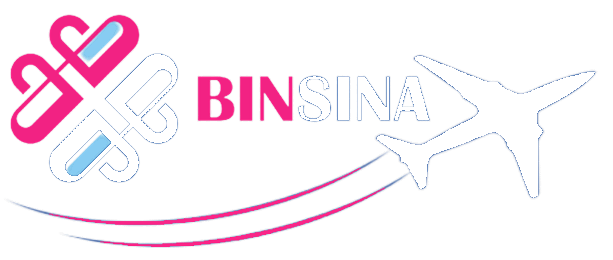Chest tubes are often needed to remove air from around the lung. Failure to remove such air can be life- threatening if there is a lot of air or a continued leak. Removing the air allows the lung to re-expand and seal the leak. insert a chest tube to remove the fluid.
